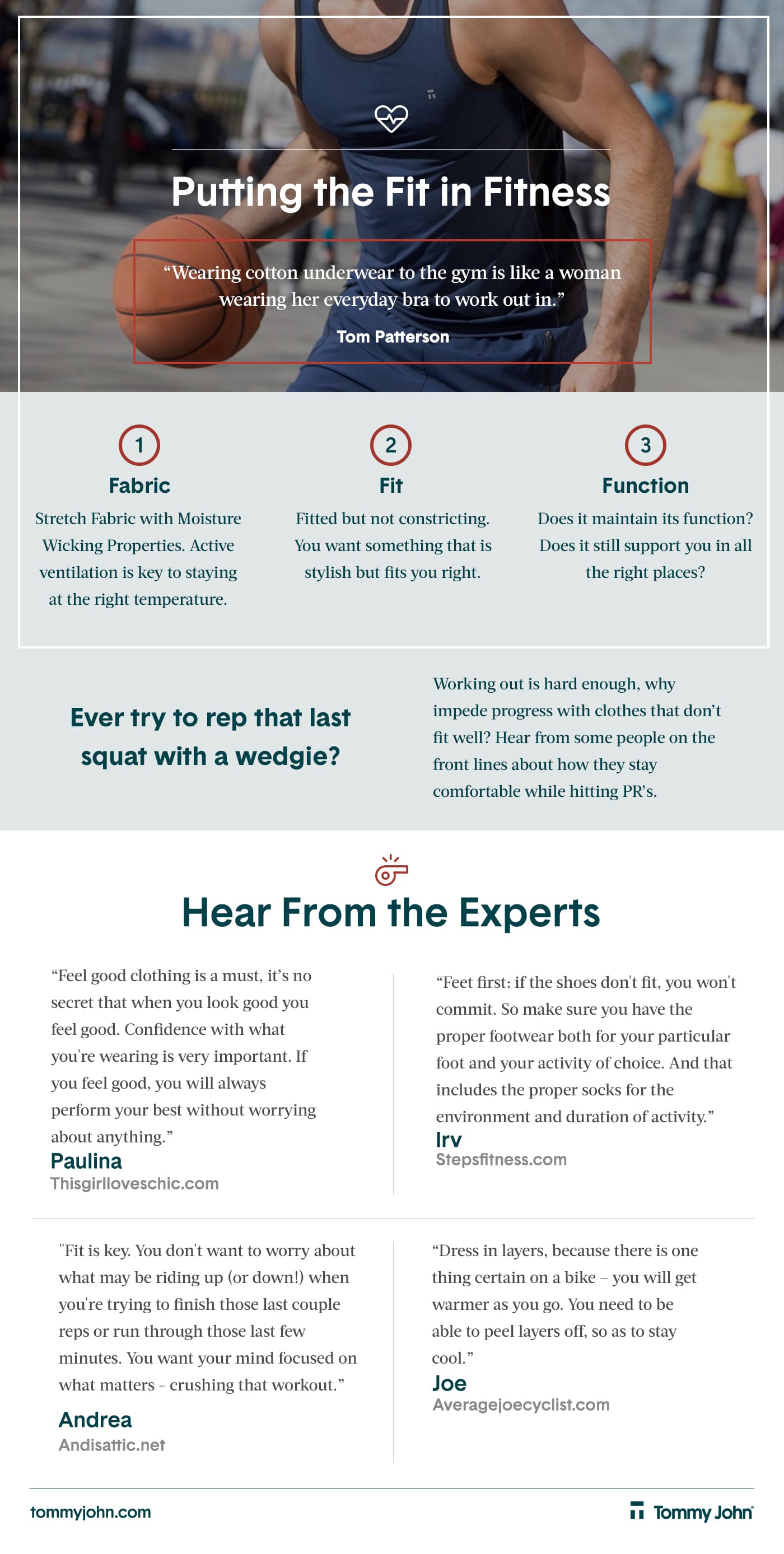There are many ways to diet for weight loss but every single one of them require reducing caloric intake. Every diet, every diet book, and every diet guru merely promotes a way of making calorie reduction palatable.
This is done by making recipes that supplant the many trigger foods or components, like sugar, fats, white flour, etc., with alternatives that will trick the palate and the appetite-signaling mechanisms.
When, for example, you are hungry because you reduced calories, you will have 3 signals coming in telling you to eat: appetite hormones (leptin, for example), hunger hormones (e.g. ghrelin), and psychosocial stimuli (it’s time to eat, food availability, etc.)
Staving off these signals can be done with combinations of, say, not buying trigger foods or storing them sight unseen, high on shelves; or eating more high-quality, high-fiber foods to satisfy the stomach’s sense that it needs food; or eating fewer carbs and more protein and healthy fats to let the brain know there’s food coming in but not the kinds of foods that will trigger the desire for more.
So now you can see how books and gurus make their money: reduce caloric intake and don’t suffer the pangs of deprivation with MY method.
Ah, but if only I were so dishonest I’d be much richer.
Lately a new version of calorie restriction has hit the marketplace of ideas and is garnering scientific study: intermittent fasting.
Basically it is what it sounds like: eat some, don’t eat for a while, eat some more. There are three common types that have achieved notoriety in the lay and the scientific communities: alternate day fasting, periodic eating and prolonged nightly fasting. All three require some version of a fast, and therein lies the dilemma: we do not like depriving ourselves of food for long.
Alternate-day fasting doesn’t mean you eat one day and not the next. It simply means you eat less one day – like 500-600 calories total – and normally the next. Hence, you’ve reduced your caloric intake by the difference between normal and fast day.
Periodic fasting entails eating normally for 5 days of the week and 25% less on the other, non-consecutive days. Sometimes referred to as the 5:2 diet, again you can see a calorie reduction at play here. What makes it acceptable is that you don’t starve yourself on back to back days.
The other method is to prolong nightly fasts by stopping eating after 6 or 7 p.m. and not eating again for 15-16 hours. In other words, like many of us already do. It compresses your food intake period to about 8 hours a day.
But whatever method you consider, keep in mind that you can’t just not eat during the ‘fast’ periods and compensate during the ‘feast’ periods. You ultimately have to produce a caloric decrease over time to see weight loss over time.
Furthermore, the body, not just the mind, doesn’t appreciate long periods of calorie restriction. When it bounces around between states of starvation and abundance, with a preference for the latter, our basal metabolism slows down. This is one reason exercise, especially weight training, is critical to long term weight loss and maintenance: by maintaining muscle mass, even as you reduce calories, you mitigate the loss of metabolic metabolism that accompanies weight loss.
And an elevated metabolic rate is critical to what the body needs in order to keep weight from creeping back up and on.
The Tufts Health & Nutrition Letter (November 2017) covered this issue in sufficient depth while a lay version in Prevention magazine provided a summary worth reading.
The Tufts article gives more of the science, what little there is, on the various fasts. For the most part, these are short term with few subjects and show that there’s not much difference in weight loss or cardiometabolic benefits from either of them.
And I think this is what prospective dieters and their advisers, be they dietitians or trainers or simply friends, need to know: ultimately you have to find a way to reduce calories and increase activity in order to lose excess weight.
Intermittent fasting will work for some folks for some time but we don’t yet know if it’ll work for most folks most of the time.
So let’s review the basic conclusions of each of these sources: some, maybe most, people are not able to tolerate nor should they even try (as in pregnant women or diabetics) extended periods of fasting. And many if not most will compensate with either reduced activity during such periods of reduced caloric intake or increased caloric intake during the intermittent periods of permissible eating.
As if it took a research scientist or highly educated personal fitness trainer to help you see the light and the fallacy of this ‘new’ type of dieting….
On a totally separate note, please see my quote on Tommy John underwear’s fitness blog. It won’t make me famous and believe me, I get no kickbacks from this PR. But it’s always nice to be able to provide some folks insight into how to get in shape, regardless of the kind of undies you wear:

















